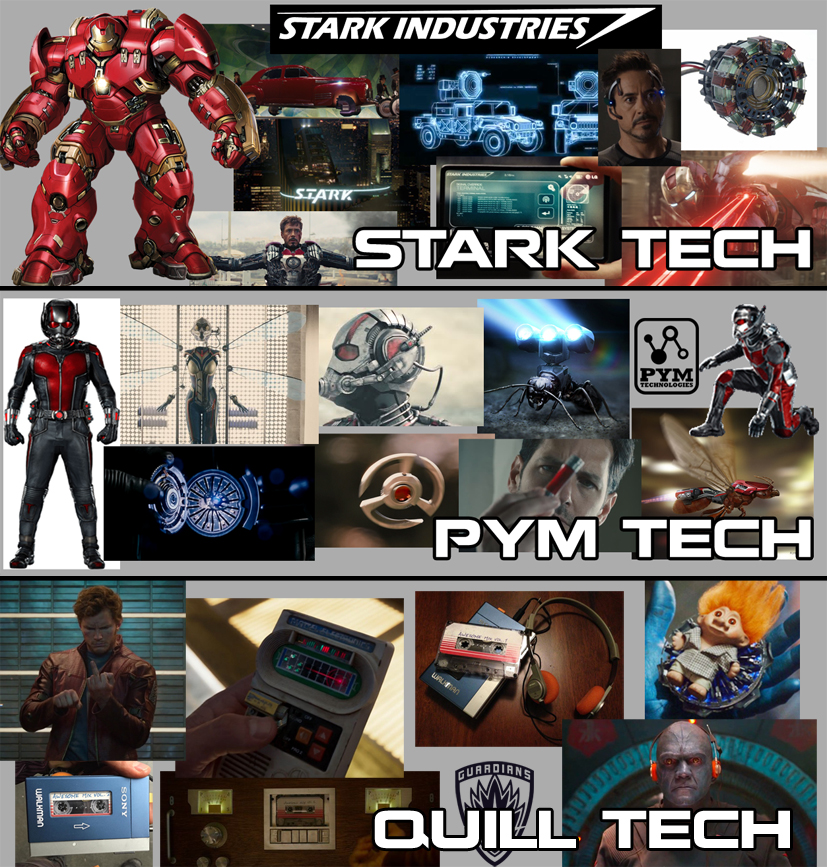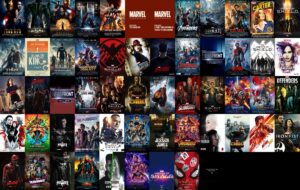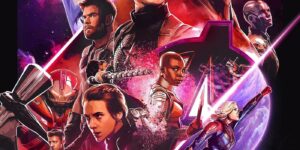In the ever-evolving world of Marvel Cinematic Universe (MCU), one element has seamlessly wove its way through the tapestry of each film – technology. As the franchise continues to shatter box office records and leave fans in awe, we can’t help but wonder: what role does technology play in bringing these larger-than-life stories to life? Let’s dive in and find out.

- Marvel’s Latest Movie: Shaping The Future Of The Franchise
- The Most Shocking Plot Twists In MCU Movie History
- Top 10 Best Movies In The Marvel Cinematic Universe
- Everything We Know About The MCU’s Future After The Latest Movie
- The Best MCU Movies For Family Viewing
From Tony Stark’s ingenious suits to the mind-bending realm of time travel, the MCU’s reliance on cutting-edge technology has been nothing short of impressive. At the forefront of this technological revolution is visual effects (VFX). With each new installment, the VFX bar gets raised, pushing the boundaries of what’s possible on the big screen. The proof lies in the mesmerizing battles, mind-bending action sequences, and meticulously crafted CGI characters that have left fans speechless.
One notable example is the epic finale of Avengers: Endgame. This technological masterpiece saw the Avengers assemble from across the universe, resulting in a spectacular showdown against Thanos and his minions. The elaborate VFX sequence, which included a massive army of superheroes and an unending sea of foes, marked a new benchmark for the industry. According to reports, the final battle scene involved over 2,500 visual effects artists working tirelessly to create the jaw-dropping spectacle.
Another pivotal aspect of the MCU’s technological prowess is the use of motion capture technology. In films like Black Panther and the recent Disney+ show, Loki, this technology has been utilized to craft striking and detailed digital characters that rival the real thing. By combining motion capture data with stunning visual effects, the MCU has managed to bring to life an array of intricate and photo-realistic characters, fleshing out the universe in ways we never thought possible.
Beyond the visual realm, technology also plays a significant role in shaping the narrative of MCU films. Take the concept of time travel in Avengers: Endgame, for instance. This mind-bending concept required the creatives to employ unconventional storytelling techniques, weaving in advanced theories of space-time continuum. By cleverly incorporating these cutting-edge ideas into the plot, the writers successfully created an immersive narrative that tantalized fans and experts alike.
Furthermore, the rise of virtual production has also opened new avenues for the MCU. With the ability to capture scenes and performances remotely, filmmakers can now capture top-notch performances and environments with unprecedented flexibility. Disney’s recent adoption of its StageCraft technology, an immersive and interactive LED screen platform, has propelled this forward. This tool allows actors to engage with immersive digital worlds in real-time, reducing the need for traditional greenscreen work.
However, as is often the case in Hollywood, the innovations of the MCU have also led to ongoing concerns surrounding its impact on conventional artistic roles. There’s been heated debate among industry insiders regarding the increasing dependence on technology, which might detract from traditional skills such as makeup and practical effects. In a fascinating interview, Captain America star Anthony Mackie weighed in on this dynamic, suggesting that the changing landscape necessitates adapting conventions.
Fortunately, the balance between creative crafts seems to be intact for now. Makeup and prosthetics remain essential elements in many MCU projects, elevating character design and overall storytelling. Make-up artist Andy Wilson, who worked on Black Panther, emphasized the importance of marrying effects techniques and combining technological wizardry with practical elements. By embracing this blend, MCU has managed to foster a beautiful synergy between artistic skills and technical wizardry.
On a different note, accessibility also stands out as a significant technological triumph of the MCU. Disney+ has become a hub for exclusive content, welcoming millions of fans worldwide to step into its narrative, immersive experiences. Fans across different regions can now explore original behind-the-scenes content, behind-the-curtain footage, art documentation, and an unprecedented level of a creator-to-fan connection.
When looking at the rich tapestry of the Marvel Cinematic Universe’s films, it’s crystal clear how a harmonious blend of creative storytelling, inspired casting choices, paired with advancements in technology help chart a bold future. Embracing innovation not only helps movie magic thrive onscreen but encourages continuous improvement, setting an inspiring example for aspiring creators and studios worldwide.




